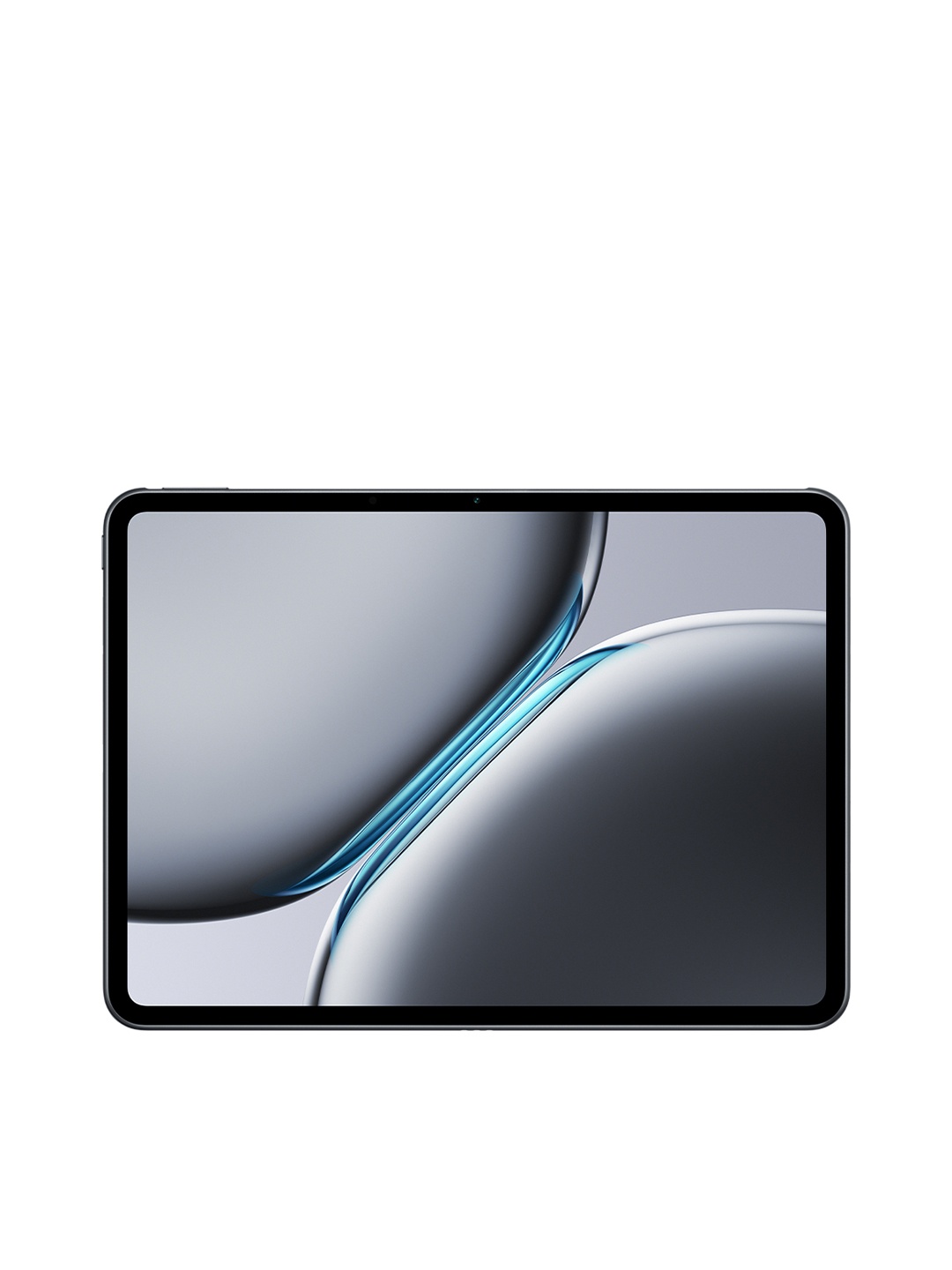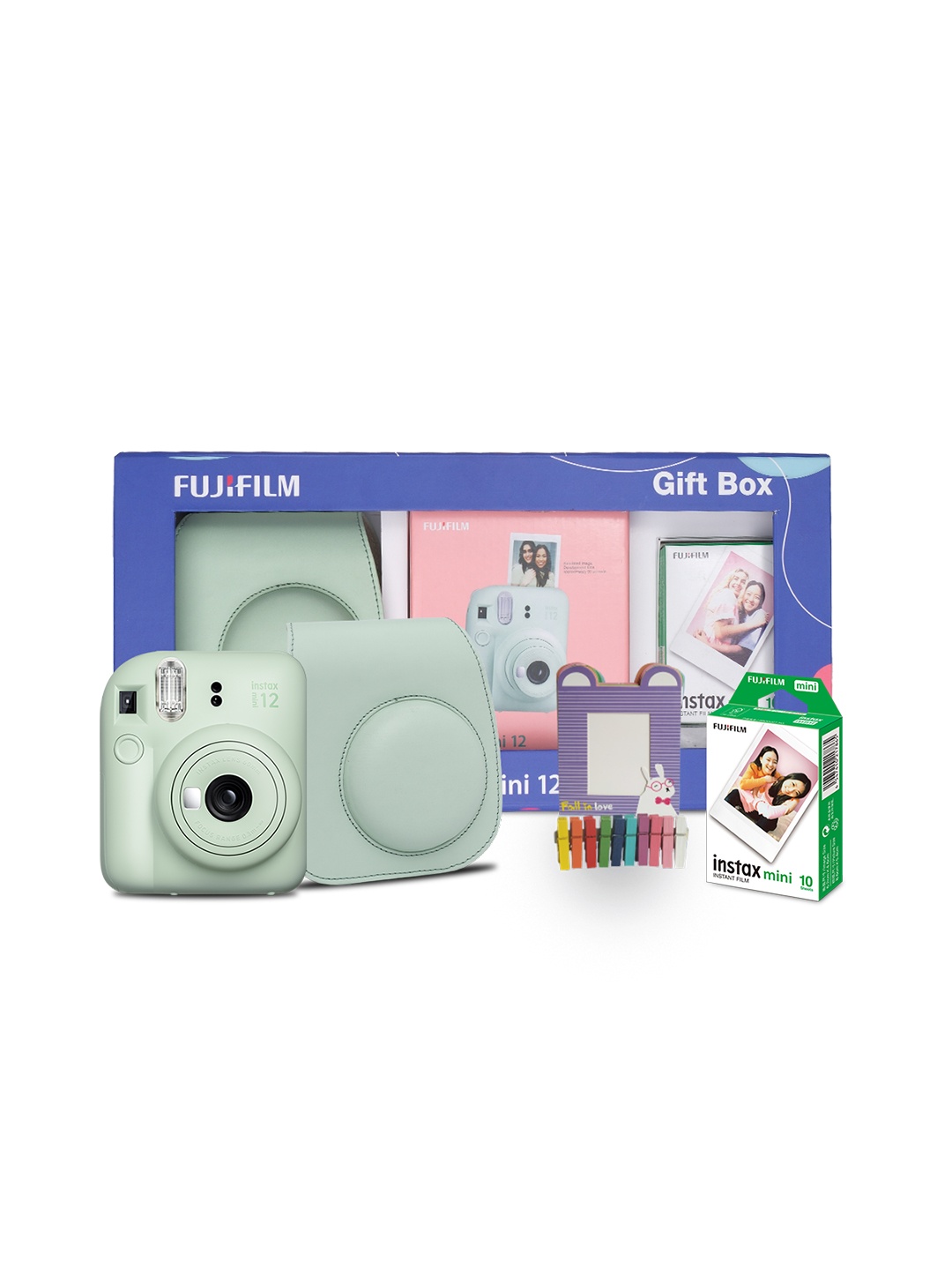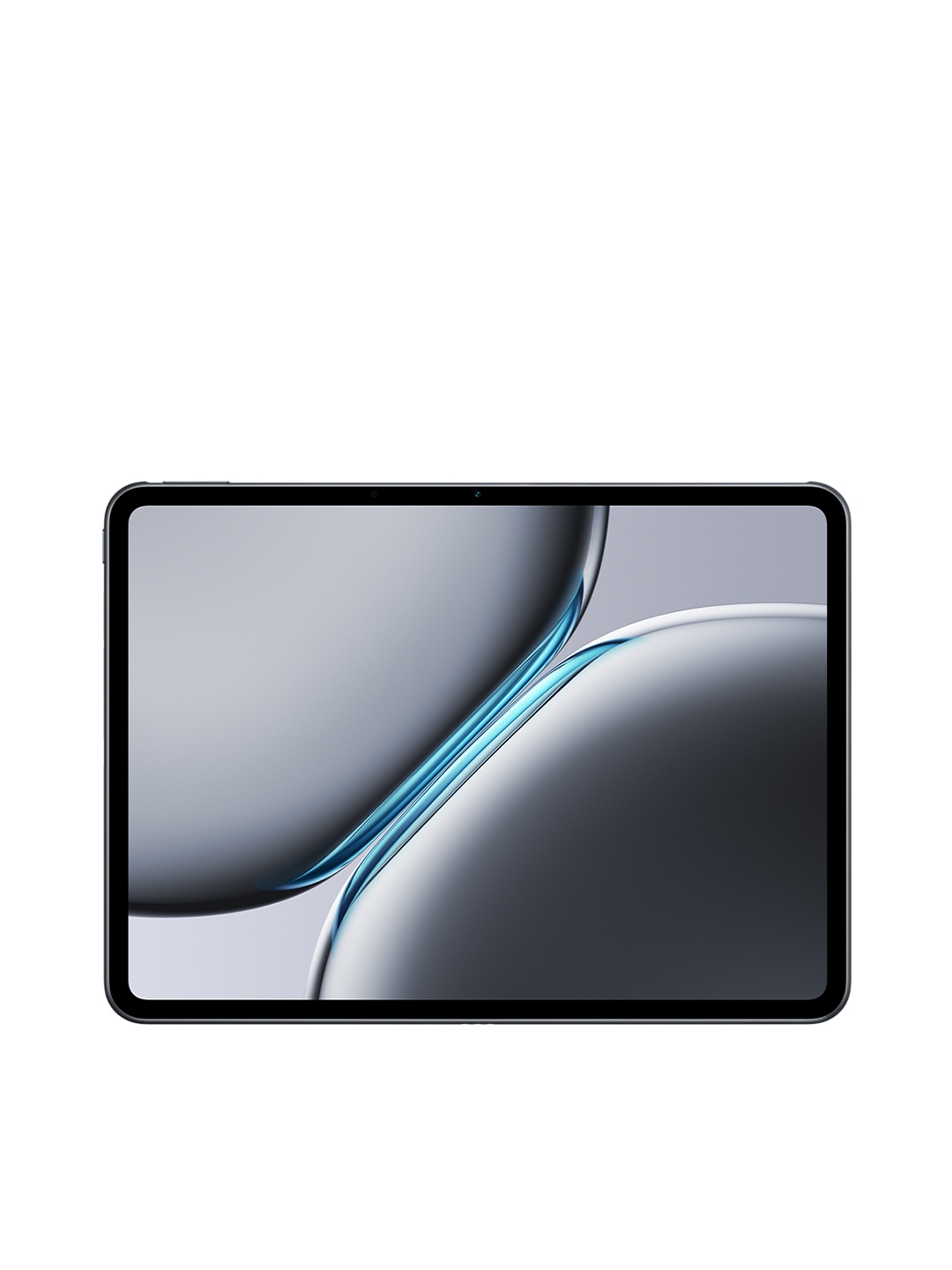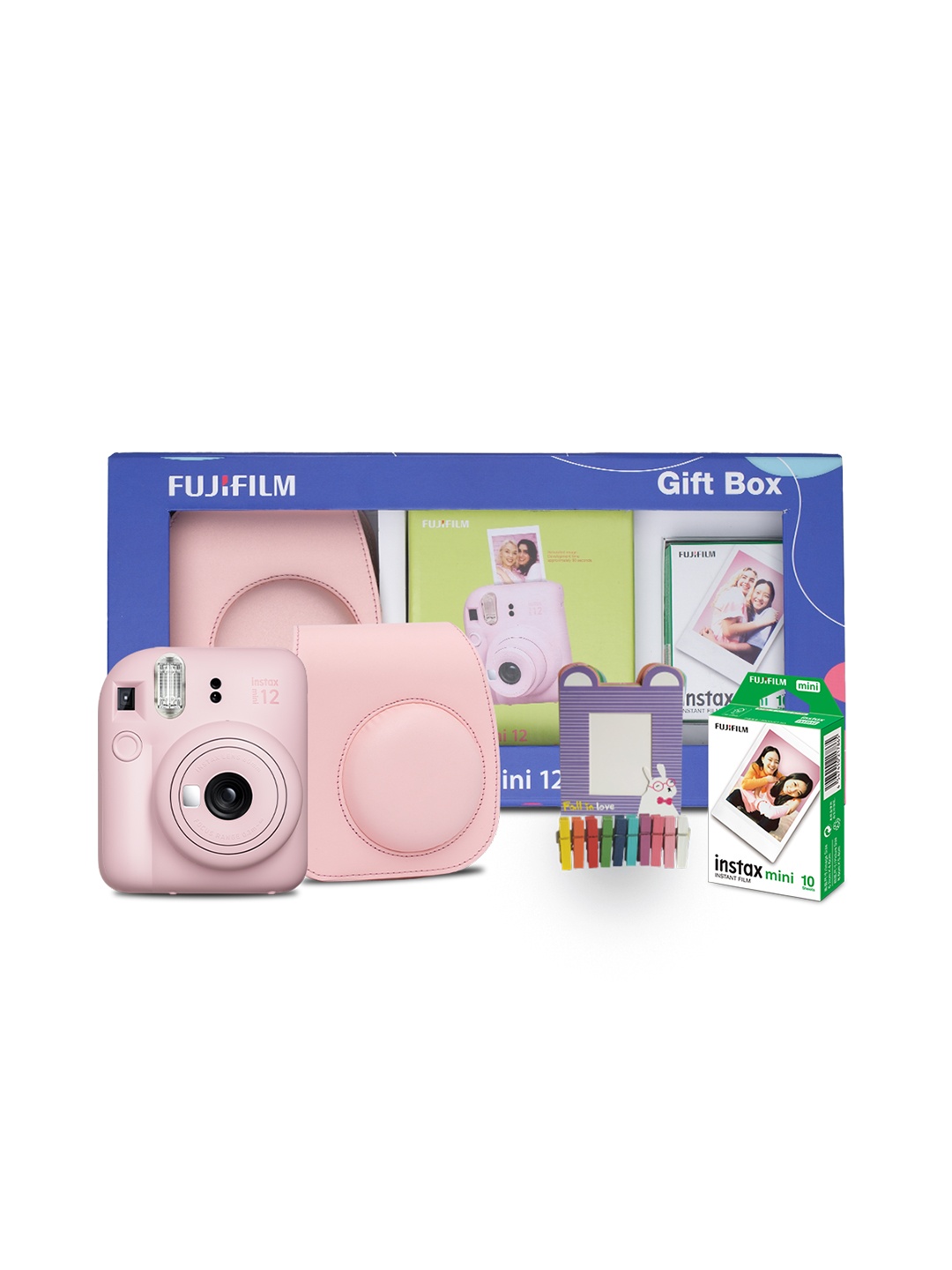Fabric vs. Leather: Which Sofa Set Is Actually The Best Investment?

A sofa is more than just a piece of furniture; it's the heart of living space, the throne of lazy Sundays, the meeting spot for family chats, and sometimes even the impromptu guest bed. Choosing the right one isn't just about aesthetics, it's about practicality, lifestyle compatibility, and long-term value.
The age-old debate between fabric and leather sofas has divided homeowners for decades. Fabric lovers argue for comfort and warmth, while leather enthusiasts swear by its durability and sophisticated look. But which one truly stands the test of time? Let's break it down, category by category, to help you make the best choice for your home and budget.
1. Comfort And Feel: The Ultimate Lounge Factor
When it comes to comfort, fabric sofas often take the crown. They're soft, warm, and inviting, making them perfect for cosy evenings with a book or binge-watching a favourite series. Fabric also feels more breathable, meaning no sticky discomfort in summer or an icy shock in winter, something leather owners are all too familiar with.
On the flip side, leather sofas bring a firm yet smooth touch. High-quality leather softens over time, but it never quite mimics the plush embrace of fabric. And let's not forget the dreaded “bare-skin peel” effect, sitting on a leather sofa in shorts can feel like an unintentional waxing session!
Verdict? If maximum cosiness is the goal, fabric wins. But if you prefer a cool, sleek finish and don't mind a firmer seat, leather might be your match.
2. Durability And Longevity: Which Lasts Longer?
A good sofa is an investment, and durability plays a key role in its value. Leather sofas, especially those made from high-quality full-grain or top-grain leather, are known to outlive their fabric counterparts. They resist wear and tear better, don't fray, and can last for decades with proper care.
Fabric sofas, while comfortable, are more susceptible to stains, fading, and general wear. Over time, fabric fibres can stretch, leading to sagging cushions. While high-performance, stain-resistant fabrics have improved the lifespan of fabric sofas, they still struggle to match leather's resilience.
That being said, durability depends on maintenance. A poorly cared-for leather sofa can crack and dry out, while a well-maintained fabric sofa can still last a solid decade. But purely on longevity, leather edges out the fabric as the winner.
3. Maintenance And Cleaning: The Effort Factor
Spilt a glass of wine? A leather sofa owner can simply wipe it away. Fabric sofa owners, on the other hand, will likely scramble for stain removers and pray for a miracle. Leather's smooth surface makes it resistant to most spills, dust, and pet hair, making it ideal for those who dread cleaning.
Fabric sofas require a bit more dedication. They need regular vacuuming, and occasional deep cleaning, and are generally less forgiving when it comes to stains. Many modern fabric sofas come with removable, washable covers, which helps, but maintenance remains more intensive compared to leather.
However, leather isn't entirely stress-free. It needs occasional conditioning to prevent cracking and should be kept away from direct sunlight to avoid fading.
If a low-maintenance lifestyle is the priority, leather wins this round.
4. Style And Aesthetic Appeal: The Visual Impact
Style is subjective, but it's undeniable that leather sofas have an air of elegance and luxury. They often feature in high-end interiors, adding sophistication and a timeless charm to a space. Whether in deep brown, black, or rich caramel tones, leather naturally elevates a room's aesthetic.
Fabric sofas, however, offer far more variety. With endless colours, patterns, and textures, they allow for greater flexibility in matching different décor styles. Whether it's a soft pastel for a minimalistic look, a bold print for a quirky touch, or a neutral grey for a contemporary feel, fabric sofas give homeowners more creative freedom.
For those who love classic, refined interiors, leather is a solid choice. If personalisation and adaptability are key, fabric takes the lead.
5. Cost And Value For Money: The Price Factor
Generally, leather sofas come with a higher price tag. Genuine leather, especially premium grades, can cost significantly more than fabric. However, this price often reflects durability, meaning fewer replacements over the years.
Fabric sofas, on the other hand, are more budget-friendly upfront. Even high-quality options tend to be more affordable than leather. But given that fabric wears out faster, replacements might be needed sooner, potentially balancing out the initial cost difference.
In terms of long-term value, leather offers better longevity, making it a better investment if the budget allows. But for those looking for affordability without sacrificing style, fabric is a great option.
6. Pets And Kids: Which Survives The Chaos?
Homes with pets or children demand furniture that can withstand spills, scratches, and occasional chaos. Leather sofas score high in this category as they're resistant to most pet hair, easy to wipe clean, and less likely to absorb odours. However, sharp claws and playful antics can leave unsightly scratches.
Fabric sofas, particularly those with tightly woven materials, can withstand a lot but are more prone to stains and accumulating pet fur. Some pet-friendly fabrics, such as microfiber, offer good resistance to wear and tear, but they still require more maintenance than leather.
For pet owners and parents, leather is often the easier option, but choosing a stain-resistant fabric can still be a practical alternative.
Also Read: Small Space? These Top 10 Sofa Beds Under 7000 Are A Genius Way To Maximise Comfort
7. Environmental Impact And Sustainability: The Ethical Choice
Sustainability is a growing concern, and both fabric and leather sofas have their environmental pros and cons. Genuine leather involves animal farming and chemical processing, which raises ethical and ecological questions. However, it is a long-lasting material, reducing waste over time.
Fabric sofas, especially those made from synthetic materials, often contain plastics and can contribute to microfibre pollution. However, eco-friendly options like organic cotton, hemp, or recycled fabrics offer a more sustainable choice.
For those prioritising sustainability, seeking responsibly sourced leather or eco-friendly fabric options is the best way forward. There's no clear winner here, it depends on individual values and choices.
8. Climate Suitability: How Does It Feel Year-Round?
Climate plays a surprisingly big role in sofa comfort. Leather sofas can feel cold in winter and hot in summer, making them less ideal in extreme weather conditions unless the home has climate control.
Fabric sofas, with their breathable texture, provide consistent comfort throughout the year. They don't absorb heat as much and don't get as cold in winter, making them a better choice for naturally fluctuating temperatures.
If the goal is all-season comfort, the fabric takes the lead. But in a climate-controlled home, leather's drawbacks are less noticeable.
Product Related To This Article
1. Chilli Billi Leather 3 Seater Sofa
2. VARSHA FURNITURE Solid Wood Premium Quanlity 3 Seater Wooden Sofa
3. Apostate Morris 5 Seater 3+2 Sofa Set for Living Room Fabric 3 + 2 Sofa Set
4. Taskwood Furniture Solid Wood Sheesham Wood For Living
5. Flipkart Perfect Homes Freya LHS Fabric 6 Seater Sofa
6. gnanitha Leather 3 + 1 + 1 Sofa Set
7. Soul Light Art Wooden Furniture Velvet 3 Seater Modern Chesterfield Sofa
8. Jayam Leather 3 + 1 + 1 Sofa Set
9. THE CEATSPOT Premium Quality U-Shaped Sectional Sofa With Ottoman
10. Durian Leather Manual Recliner
There's no one-size-fits-all answer in the fabric vs. leather sofa debate. Each option has its strengths and trade-offs, making the best choice entirely dependent on lifestyle, budget, and personal preference. For a sleek, long-lasting, low-maintenance option, leather is a worthwhile investment. It's perfect for those who prioritise durability, easy cleaning, and a timeless look. For those who value comfort, variety, and a more budget-friendly purchase, fabric sofas are a fantastic choice. They're cosy, adaptable and available in endless styles to suit different interiors. Ultimately, the best sofa is the one that fits seamlessly into daily life, whether that means curling up with a soft fabric sofa or lounging in style on luxurious leather. Whatever the choice, investing in quality ensures comfort and satisfaction for years to come.
Disclaimer: The images used in this article are for illustration purpose only. They may not be an exact representation of the products, categories and brands listed in this article.





























